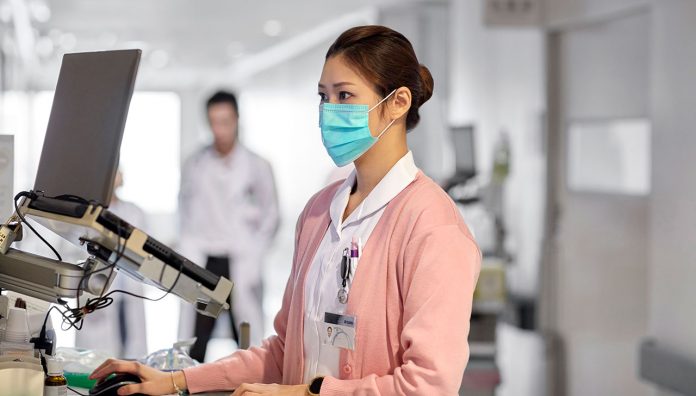Mandatory double-checking as it is currently performed does not reduce the incidence or severity of medication administration errors compared with single-checking, an Australian observational study conducted in a large paediatric hospital has found.
Considering the time and cost involved, more effective safety measures may be warranted in modern clinical settings, according to the study authors.1
The global prevalence of medication errors in paediatric inpatients is high. Patients are vulnerable and have low physiological reserves to manage the effect of errors.
As a measure to minimise errors and their associated harm, double-checking medication administration is recommended in paediatric hospitals and has been part of nursing practice for decades. Evidence to support its effectiveness is very limited, however.1
In this research, hospital policy required independent double-checking by registered nurses. This involved one nurse verifying in front of another nurse the medication order, correct dose for patient weight, time of last dose administration, medication and solvent/diluent when applicable, dose calculation, preparation and patient identification.
The crucial aspect of double-checking is that it is independent and done without the administering nurse sharing information with the checking nurse. In contrast, if a nurse shares information (for example, the name of the drug to be checked), it could lead to two people making the same mistake i.e. confirmation bias. Sharing information beforehand is known as primed double-checking.
Although nurses in the study believed that double-checking was necessary and they were highly compliant, it was rarely done independently. Primed double-checking was prevalent despite the hospital policy for independence.
Checking was also considered less important for ‘safer’ medicines such as topical preparations, leading researchers to ask whether different checking was needed for different tasks.
Little safety benefit was found with primed double-checking in addition to single-checking. The effectiveness of independent double-checking was unable to be determined, leaving this question unanswered.
Continuation of the current practice seems questionable according to the authors, who posed questions about the value of clinical judgment rather than policy-mandated double-checking.
Changes in technological developments, presentations, packaging and administration equipment over the past 50 years have added to the demands on nursing staff faced with preparation and administration of medicines, the authors concluded, and there must be updated, innovative checking processes for today’s clinical settings.
Lessons for pharmacists
While the research focused on nursing practice, lead author of the study and Director of the Centre for Health Systems and Safety Research at Macquarie University Professor Johanna Westbrook acknowledged the important role pharmacists play in promoting medicine safety in hospitals.
She advised that pharmacists involved in double-checking medication supply in hospital or community pharmacy settings should continue to follow existing recommendations that promote the importance of independent double-checking until further research evidence was available.
‘This could be particularly relevant for double checks for dispensing controlled drugs, as well as packing medication dose administration aids,’ she told Australian Pharmacist.
Prof Westbrook said the study demonstrated that medication errors remained a significant safety issue in hospitals, and that multiple strategies were likely to be required to address the problem.
Reference
- Westbrook J, Li L, Raban M, et al. Associations between double-checking and medication administration errors: a direct observational study of paediatric inpatients. Qual Saf 2020;0:1–11.



 John Jones MPS, pharmacist immuniser and owner of My Community Pharmacy Shortland in Newcastle, NSW[/caption]
John Jones MPS, pharmacist immuniser and owner of My Community Pharmacy Shortland in Newcastle, NSW[/caption]


 Debbie Rigby FPS explaining how to correctly use different inhaler devices[/caption]
Debbie Rigby FPS explaining how to correctly use different inhaler devices[/caption]




 Professor Sepehr Shakib[/caption]
Professor Sepehr Shakib[/caption]

 Lee McLennan MPS[/caption]
Lee McLennan MPS[/caption]
 Dr Natalie Soulsby FPS, Adv Prac Pharm[/caption]
Dr Natalie Soulsby FPS, Adv Prac Pharm[/caption]
 Joanne Gross MPS[/caption]
Joanne Gross MPS[/caption]








